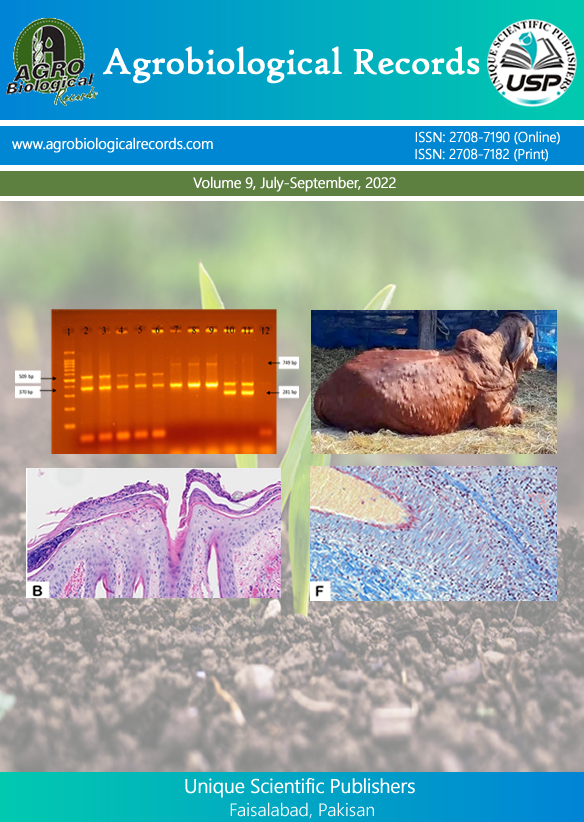
Sidra Muhyuddin1,*, Zubair Azhar Nomi1, Bazgha Maryam2, Muhammad Mobashar3, Adnan Yaseen4, Noor-e-Hira5, Maria Aziz6 and Waqar Ahmed7
1Faculty of Veterinary and Animal Sciences, Muhammad Nawaz Shareef University of Agriculture, Multan, Pakistan; 2Department of Plant Breeding and Genetics, The Islamia University, Bahawalpur, Pakistan; 3Department of Animal Nutrition, University of Agriculture, Peshawar, Pakistan; 4Department of Entomology, University of Agriculture, Faisalabad, Pakistan; 5Institute of Plant Protection, Muhammad Nawaz Shareef University of Agriculture, Multan, Pakistan; 6Department of Chemistry, Government College University, Lahore, Pakistan; 7Department of Parasitology, University of Agriculture, Faisalabad, Pakistan
*Corresponding author: sidramirza191@gmail.com
Biopesticides derived from natural sources such as microorganisms, plants, and biochemicals offer a sustainable alternative to synthetic pesticides by minimizing environmental and health risks. This review explores the types of biopesticides, including microbial, e.g., Bacillus thuringiensis, Beauveria bassiana, plant-incorporated protectants (PIPs), and botanicals (e.g., neem, pyrethrum), and their applications in agriculture for pest management, soil health enhancement, and integrated pest management (IPM). In the health sector, biopesticides like B. thuringiensis israelensis (Bti) are pivotal in vector control for diseases such as malaria and dengue. Despite advantages like biodegradability and target specificity, challenges persist, including low field efficacy, short shelf life, and regulatory hurdles. Recent advances in nano-formulations, genetic engineering, and AI-driven development aim to overcome these limitations. This review underscores the role of biopesticides in achieving sustainable agriculture and public health goals, calling for interdisciplinary collaboration, policy support, and farmer education to scale adoption. By addressing current constraints, biopesticides can significantly reduce reliance on chemical pesticides, aligning with global sustainability agendas.